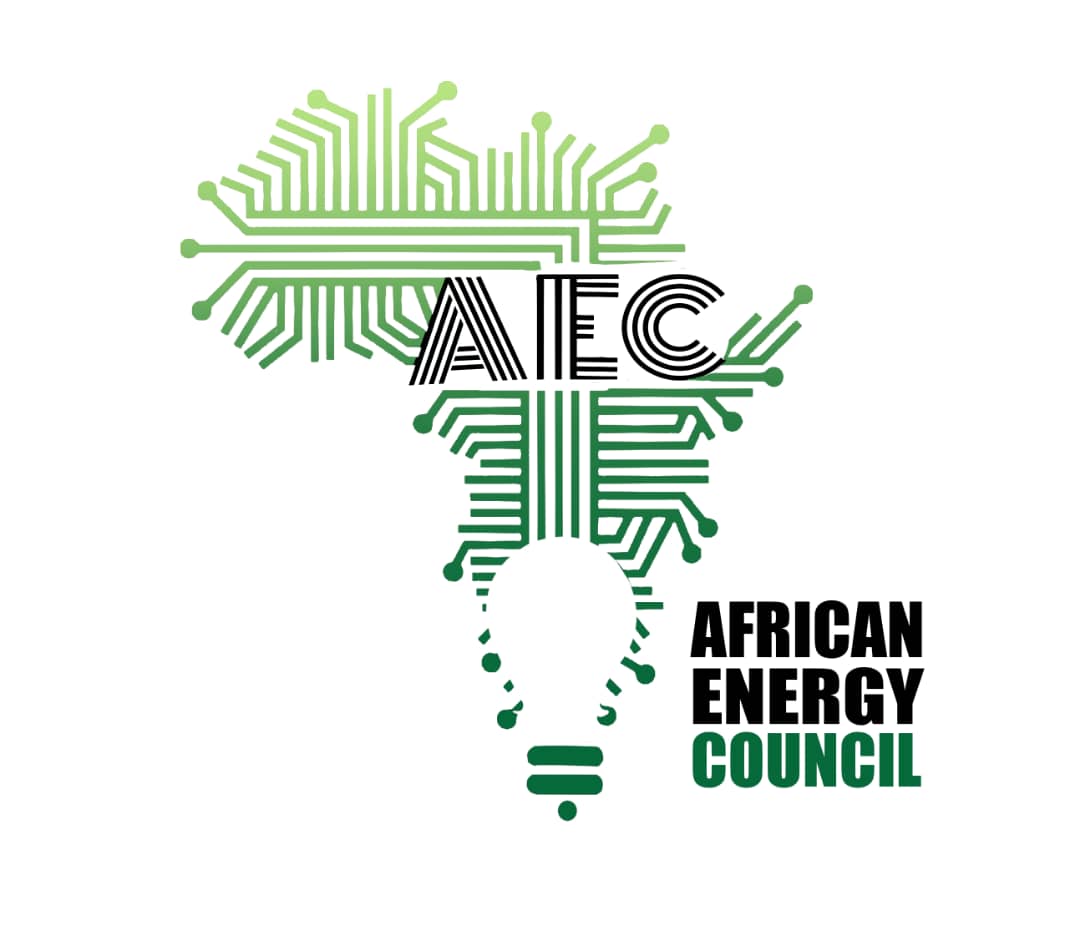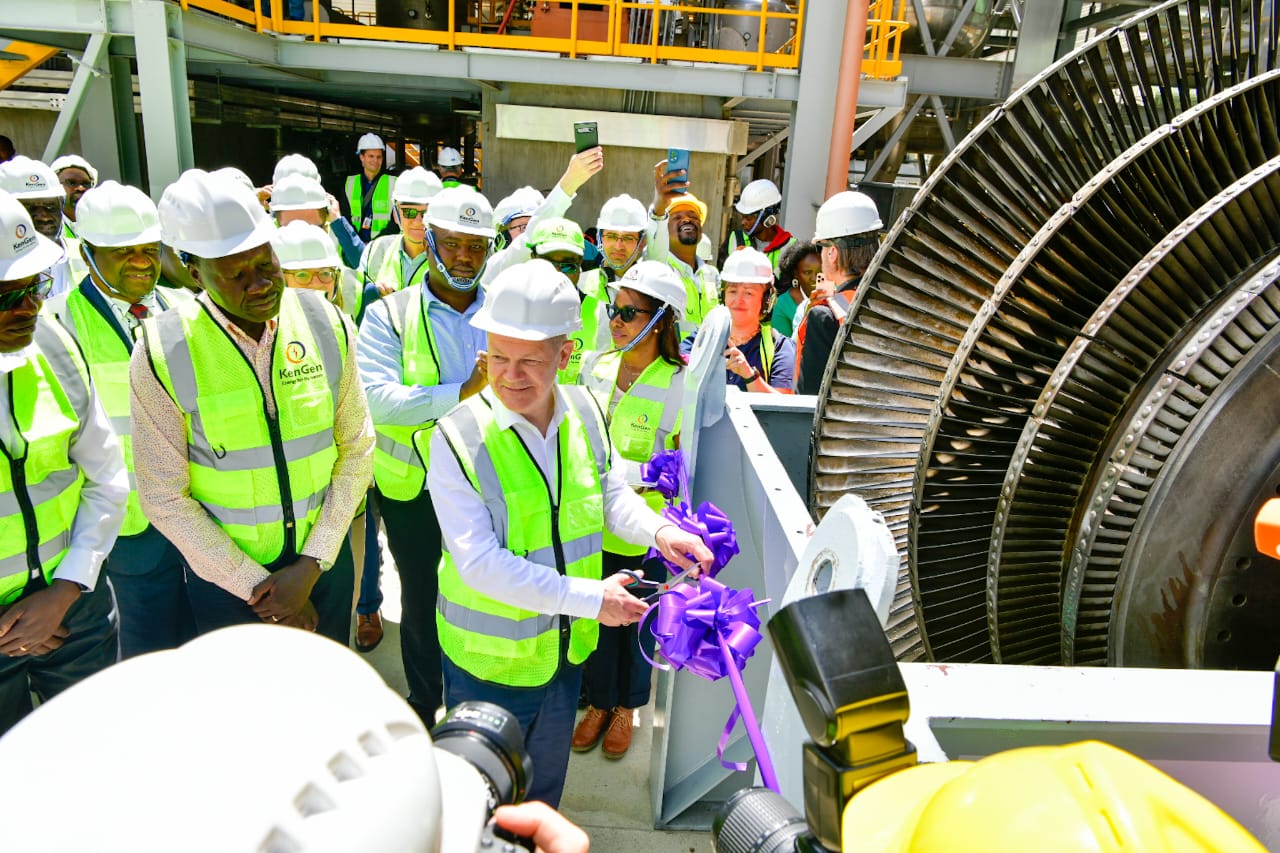Kenya Electricity Generating Company (KenGen) has revealed its intention to augment the grid with 40 megawatts (MW) of geothermal energy, following the launch of an uprating project by the German Chancellor on KenGen’s Olkaria I Additional Unit 4, 5, and Olkaria IV geothermal power plants.
This initiative aims to elevate the total output of the two power stations from 300 MW to 340 MW, and the entire endeavor is estimated to last for 28 months. The extra 40 MW will not only enhance the usage of geothermal power but also protect Kenyan citizens from the escalating costs of electricity.
The announcement was made during German Chancellor Olaf Scholz’s state visit to Kenya as he toured the KenGen Olkaria geothermal field on Saturday.
The 340 MW geothermal uprating project has been financed by the German government and will entail the replacement of existing turbine rotors with new-designed blades, which will add 10 MW to each unit of Olkaria I Additional Unit 4, 5, and two units of the Olkaria IV power plants, amounting to an additional 40 MW.
The German Chancellor said Olkaria is an expression of Kenya’s strong leadership in climate protection and a testimony to Germany and Kenya’s cooperation.
“Kenya and Germany have entered a climate and development partnership to support Kenya in reaching 100 percent renewable energy and to support the country’s adaptation to climate change,” Chancellor Scholz said.
He said that geothermal power can be used for green hydrogen production to aid local fertilizer production, which will help Kenya establish new revenues as well as cut the cost of production to support the growth of local agribusiness.
KenGen AG’s Managing Director and CEO, Abraham Serem, said that KenGen’s geothermal journey has been made possible through the support of Germany’s KfW in collaboration with other development partners.
Kenya is ranked seventh globally in geothermal exploration and development, of which over 90 percent is generated by KenGen.
To date, the company has successfully drilled over 320 geothermal wells in the Olkaria field, establishing a strong and sustainable presence in Kenya. Furthermore, they have expanded their operations to other African nations like Ethiopia and Djibouti.
Kenya has been actively increasing its investments in renewable energy sources, particularly geothermal, wind, and solar power, with the aim of ensuring a more affordable electricity supply while reducing pollution caused by fossil fuels.
Geothermal energy holds a significant share of Kenya’s overall installed capacity, accounting for approximately 953.7 megawatts (28.04 percent). Hydropower follows closely at 25 percent.
As of December 2022, wind power contributed 12.82 percent and solar power accounted for 7.83 percent of the country’s installed capacity.

